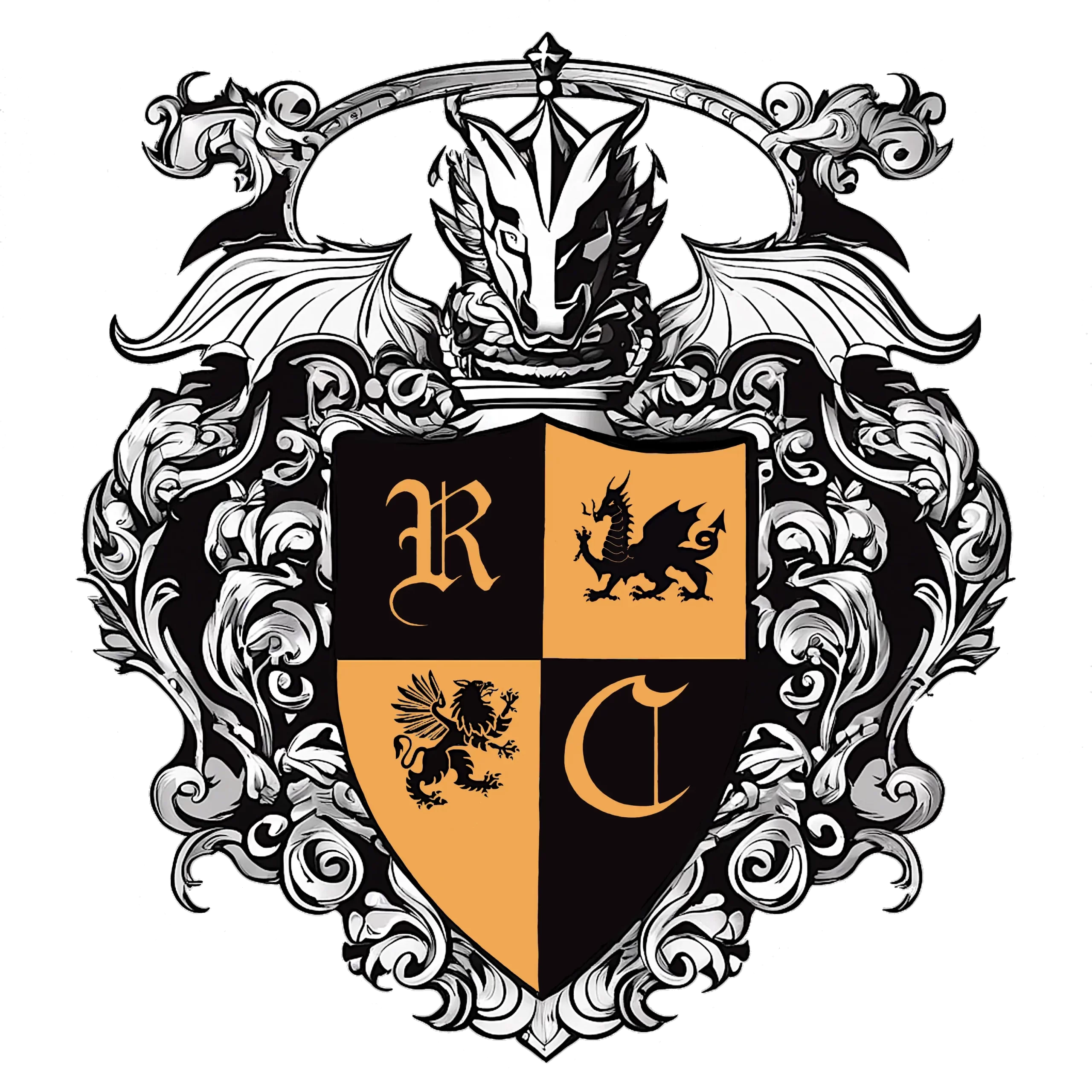Trading cards have evolved significantly since their inception, transforming from simple collectibles into complex, strategic gaming tools enjoyed by millions worldwide. In this blog post, we’ll take a journey through the history of trading cards,
exploring their origins, notable milestones, and the rise of modern gaming cards.
The Beginnings: Early Collectibles The concept of trading cards dates back to the late 19th century. The earliest cards were often used as promotional items for tobacco companies,
featuring famous athletes, actresses, and historical figures. These cards were primarily collected for their aesthetic appeal and were often included in
cigarette packs.
Key Milestone: The First Sports Cards In the early 1900s, baseball cards emerged as one of the first significant collectible card categories.
The famous T206 Honus Wagner card, produced in 1909, is now considered one of the most valuable trading cards ever, illustrating the early popularity and collector’s market for sports cards.
The Rise of Gaming Cards: 1980s-1990s The modern trading card game (TCG) phenomenon began in the late 1980s with the introduction of games like Magic:
The Gathering (MTG) in 1993. Developed by mathematician Richard Garfield, MTG revolutionized the industry by combining strategy and collectible card
mechanics.
Key Features:
Gameplay Mechanics: Players use decks to battle, utilizing a mix of spells, creatures, and artifacts to defeat their opponents.
Collectibility: Cards varied in rarity, encouraging players to collect and trade. The success of MTG paved the way for numerous other trading card games, including Pokémon in 1996 and Yu-Gi-Oh! in 1999, each bringing unique gameplay mechanics and expansive universes that captivated players and collectors alike.
The Golden Age of Collecting: 2000s The early 2000s marked a golden age for trading cards, with increased visibility and popularity. The release of Pokémon and its accompanying animated series skyrocketed interest in trading card games, making it a household name.
Notable Trends: Collectible Card Game (CCG) Culture: A vibrant culture developed around trading cards, including tournaments, fan conventions, and dedicated online communities. Card Rarity and Limited Editions: Companies began releasing limited edition cards and sets, creating a competitive environment for collectors.
The Digital Revolution: 2010s and Beyond As technology advanced, trading cards entered the digital realm. Online platforms began offering digital versions of popular trading card games,
allowing players to enjoy their favorite games from the comfort of their homes.
Examples:
Magic: The Gathering Arena launched in 2018, providing a digital adaptation of the classic game with regular updates and expansions. Hearthstone, released in 2014, introduced a new generation to card-based gameplay with its blend of strategy and accessibility.
The advent of digital trading cards and blockchain technology has led to innovations like Non-Fungible Tokens (NFTs),
allowing collectors to own unique digital assets and further transforming the trading card landscape.
Current Trends: 2020s and Beyond Today, trading cards continue to evolve, with a focus on inclusivity, diverse themes, and innovative gameplay.
Companies are recognizing the importance of appealing to a wider audience, resulting in the introduction of new games and formats that cater to different interests.
Popular Trends: Diversity in Themes: Trading card games are expanding beyond fantasy and sci-fi, exploring genres like horror, historical events, and even social issues.
Environmental Awareness: Companies are increasingly focusing on sustainability, using eco-friendly materials and practices in card production. The market for collectibles is booming, with rare cards reaching staggering prices at auctions and private sales, further solidifying trading cards as both a hobby and an investment.
Conclusion
The evolution of trading cards reflects broader trends in gaming, technology, and culture.
From their humble beginnings as promotional items to becoming a global phenomenon, trading cards have adapted and transformed to
remain relevant in an ever-changing landscape. Whether you’re a long-time collector or a newcomer to the hobby, the world of trading cards offers endless possibilities for fun, strategy, and community.
As we look to the future, it’s clear that trading cards will continue to capture the hearts of players and collectors alike. Share your thoughts on the evolution of trading cards and your favorite games in the comments below!

